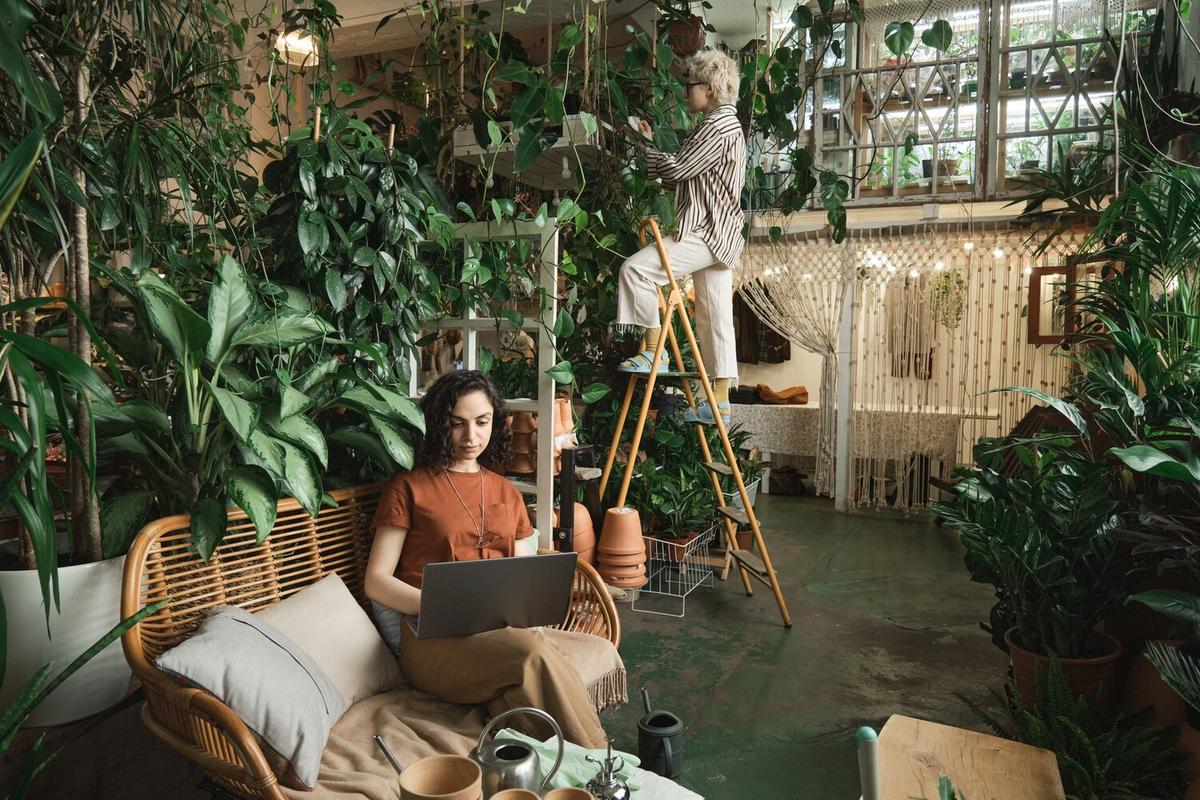The shift towards sustainability is reshaping industries worldwide, and interior design is no exception. As environmental consciousness grows, the demand for sustainable materials in our living spaces is transforming how we approach modern interiors.
The Rise of Sustainable Materials
As eco-friendly practices gain traction, sustainable materials are becoming increasingly popular in interior design. These materials not only help reduce environmental impact but also offer unique aesthetics and functionalities.
Expert Insights
According to renowned interior designer Kelly Hoppen, “Sustainable materials are not just a trend; they’re the future of design.” This sentiment is echoed by many in the industry who see a long-term shift towards environmentally responsible practices.
Statistics on Sustainable Materials
Research indicates that by 2025, the global market for sustainable building materials is expected to reach $377 billion. This growth is driven by increasing consumer awareness and governmental regulations promoting eco-friendly construction.
Personal Anecdotes
Having recently renovated my own home, I chose bamboo flooring due to its sustainability and durability. Not only did it reduce my carbon footprint, but it also added a warm, natural feel to my space.
Actionable Tips for Incorporating Sustainable Materials
- Choose recycled materials for furniture and decor.
- Opt for natural fibers like wool or cotton for textiles.
- Consider energy-efficient lighting options.
- Use low-VOC paints to improve air quality.
Comparison Table of Sustainable Materials
| Material | Benefits | Considerations |
|---|---|---|
| Bamboo | Fast-growing, renewable | May require treatment for durability |
| Recycled Metal | Durable, recyclable | Higher initial cost |
| Cork | Biodegradable, sound-insulating | Limited color options |
| Reclaimed Wood | Unique look, sustainable | Can be more expensive |
| Hemp | Fast-growing, versatile | Limited availability |
| Wool | Natural, fire-resistant | Higher maintenance |
| Recycled Glass | Eco-friendly, colorful | Can be costly |
| Linoleum | Biodegradable, durable | Limited design options |
Frequently Asked Questions
What are sustainable materials?
Sustainable materials are those that have a reduced impact on the environment, often made from renewable resources or recycled content.
How do sustainable materials benefit interior design?
They offer eco-friendly alternatives, often providing unique textures and styles that traditional materials do not.
Are sustainable materials more expensive?
While some may have a higher upfront cost, they can lead to savings in the long run through energy efficiency and durability.
Conclusion
Sustainable materials are undeniably changing the face of modern interiors, merging style with environmental responsibility. By integrating these materials into our homes, we not only enhance our living spaces but also contribute to a healthier planet. As consumers, making informed choices can lead to beautiful, sustainable designs that stand the test of time.




Leave a Reply